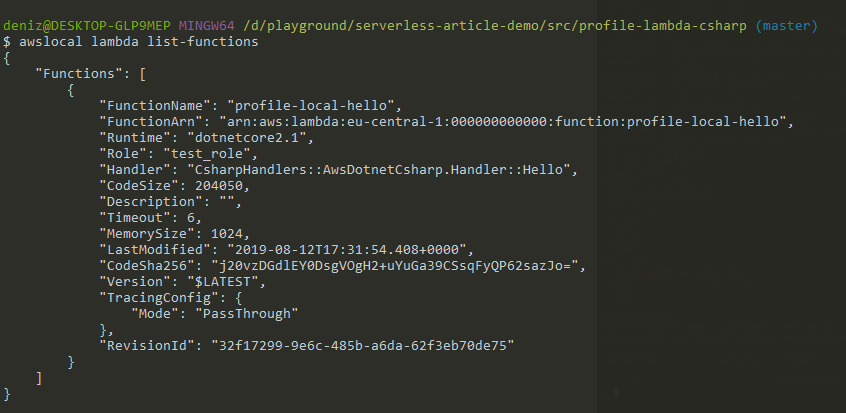
With only a few steps of configuration, its security was proved to be intuitive and cooperative. It acquires the Identity and Access Management (IAM) security model which provides immense protection to users and resources. Creating a DynamoDB table with a Local Secondary Index using the AWS SDK for Java Creating a DynamoDB table with a Local Secondary Index using the AWS SDK for. DynamoDB comes with an in-built security model. When it comes to the security of the databases, the cup again goes to DynamoDB this time. It involves setting up a server-starter file so users can turn up the server each time they want to work with the local database. On the flip side, the MongoDB database installation is made a bit difficult especially for beginners. After a few steps, the user will be asked to set a secret access ID and key. the installation starts with you creating an AWS account for DynamoDB. The DynamoDB database’s installation seems like a cakewalk. There lies an ultimate level of difference between the two databases when it comes to installation and setting up. Let us kickstart our comparison guide on MongoDB vs DynamoDB. NoSQL databases are ideal for real-time web applications and large amounts of data. NoSQL DatabaseĪ NoSQL database, often known as a non-relational database, facilitates the storing and manipulation of unstructured data. MySQL, MariaDB, SQLite, PostgreSQL, OracleDB, and many other SQL databases are popular. SQL databases may be used to store data for both small and large-scale applications. SQL DatabaseĪn SQL database, often known as a relational database, is a type of database that stores data in tabular structures and allows for the storage of structured data. Today’s comparison of MongoDB vs DynamoDB will take into account the majority of these characteristics. What is a SQL and NoSQL Database?ĭatabases are useful and popular for a variety of reasons. Regular backups, access restrictions, partitioning, and security are just a few examples of solutions. Database administration services, in addition to data storage, offer a variety of other services.

Your AccessKey and SecretKey can be obtained on the security credentials page for your Amazon Web Services.

The connection to Amazon DynamoDB is made using your AccessKey, SecretKey, and optionally your Domain and Region. They must, however, be granted certain powers to do so. After obtaining the needed connection properties, accessing Amazon DynamoDB data in PowerShell consists of three basic steps.

A database’s distinctive features include the ability for users to access, write, update, and remove data.


 0 kommentar(er)
0 kommentar(er)
